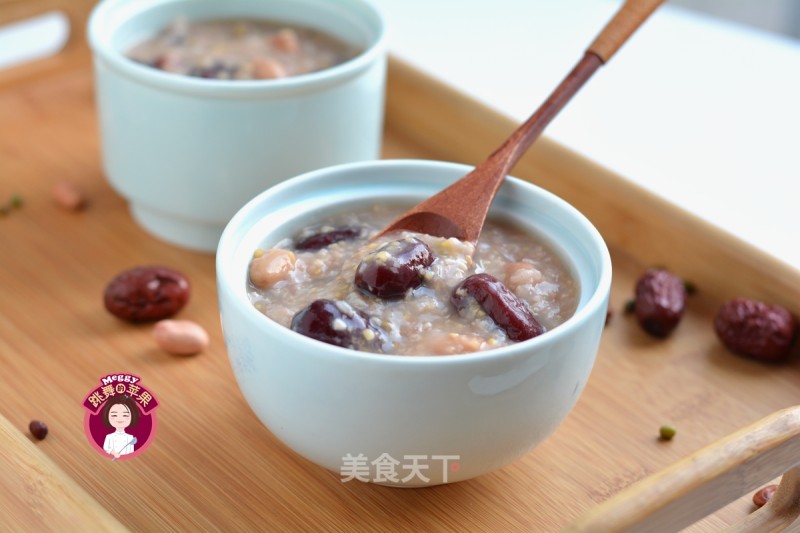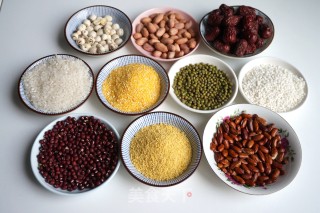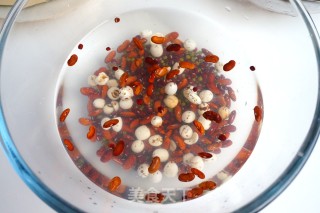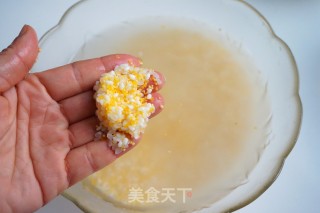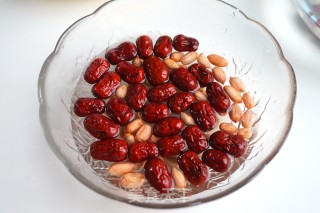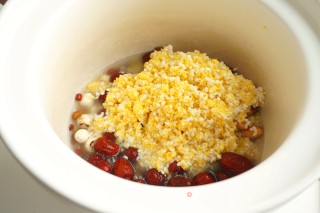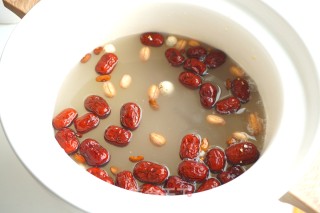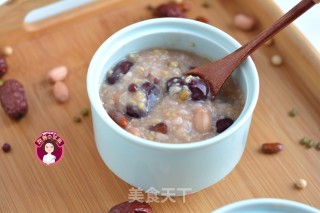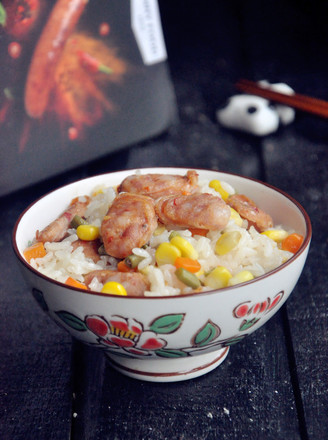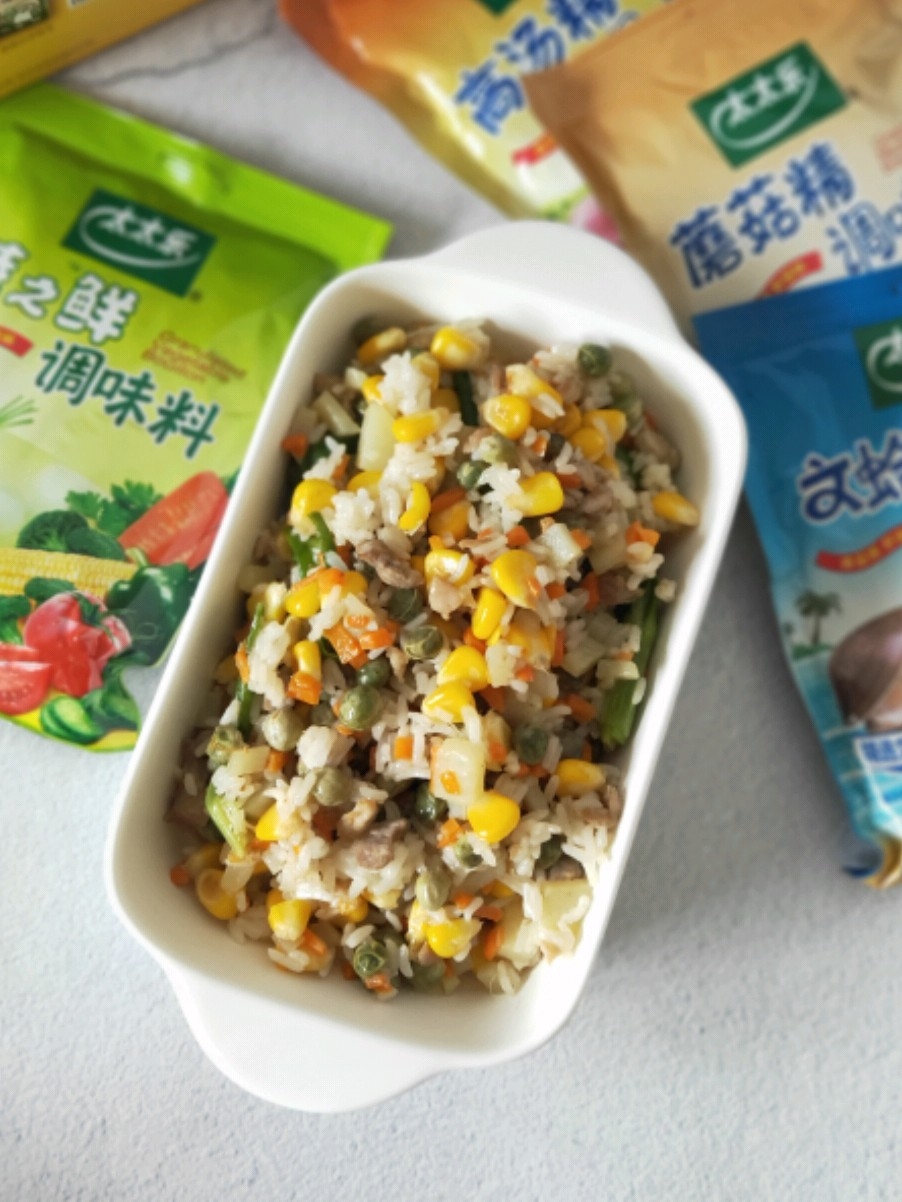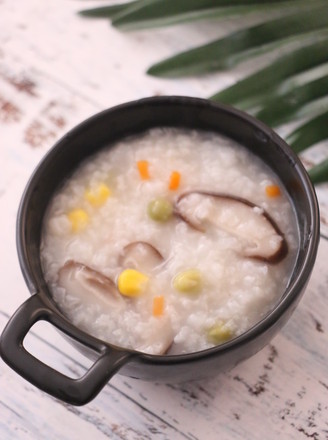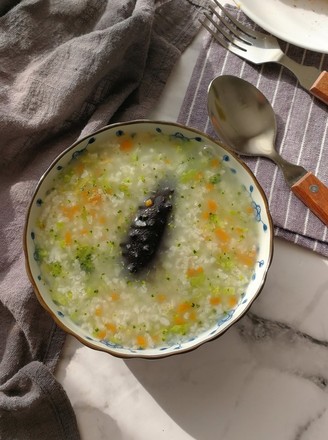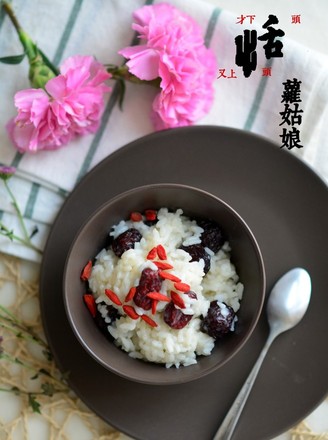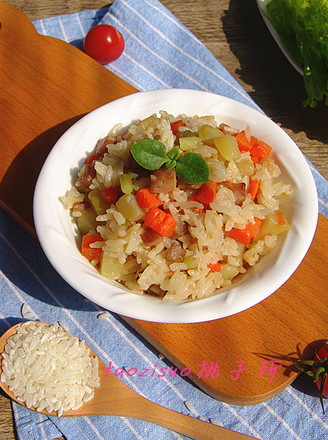Fragrant Laba Congee
by meggy dancing apple
Favorite
Difficulty
Easy
Time
1h
Serving
2
The Laba Festival is commonly known as Laba. It is on the eighth day of the twelfth lunar month. The folks have "the new year is after Laba". The new year is coming soon, so hurry up to buy new year goods and clean the house. According to legend, the Laba Festival is a sacrificial activity that originated at the end of the year. It is a day when people worship gods and pray for good weather and good harvests in the coming year. Various localities have different customs in the Laba Festival, such as offering sacrifices, eating laba porridge, eating ice, eating laba noodles, making laba garlic, and making laba tofu. The history of drinking Laba porridge in my country first began in the Song Dynasty, and it has been more than a thousand years.
Every Laba day, whether it is the imperial court, the government, the monastery or the homes of the Li people, they will cook Laba porridge. In the Qing Dynasty, the custom of drinking Laba porridge became even more popular. In the palace, the emperor, empress, prince, etc. all give Laba porridge to ministers of civil and military affairs and servants, and distribute rice and fruit to monks for consumption. In the private sector, every household also makes Laba porridge to sacrifice to their ancestors; at the same time, the family reunite to eat together as a gift to relatives and friends. "
Every Laba day, whether it is the imperial court, the government, the monastery or the homes of the Li people, they will cook Laba porridge. In the Qing Dynasty, the custom of drinking Laba porridge became even more popular. In the palace, the emperor, empress, prince, etc. all give Laba porridge to ministers of civil and military affairs and servants, and distribute rice and fruit to monks for consumption. In the private sector, every household also makes Laba porridge to sacrifice to their ancestors; at the same time, the family reunite to eat together as a gift to relatives and friends. "

